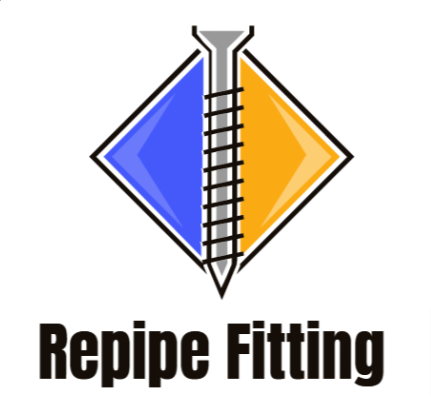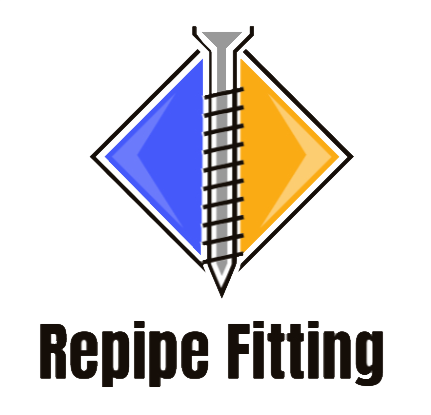Introduction
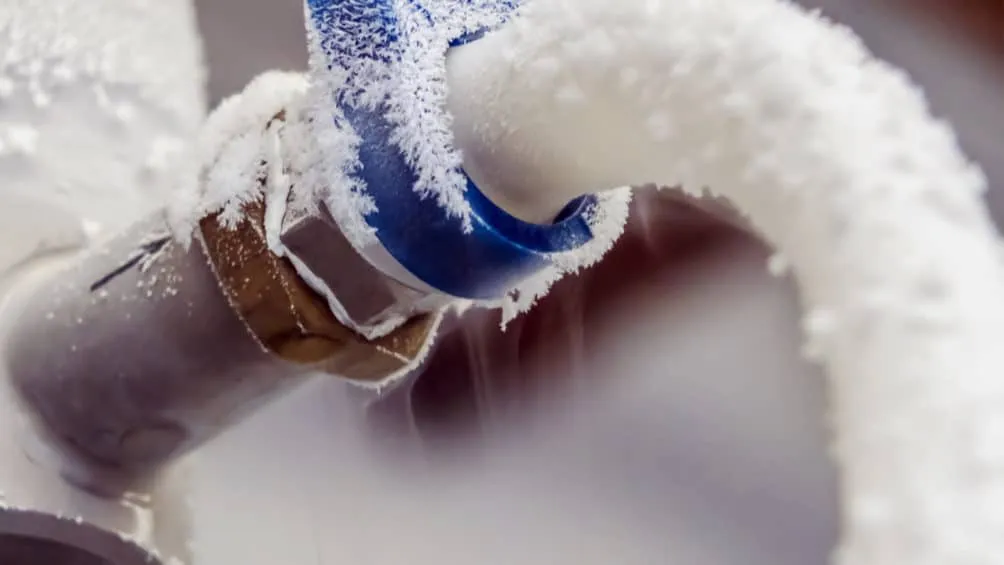
Winter is a beautiful season, but with it comes the risk of freezing pipes, especially in unheated interior spaces like crawl spaces. As the winter storm approaches and subzero temperatures become a norm, it’s essential to take preventive measures to ensure your pipes remain intact. This guide will walk you through the simple things to do to prevent frozen pipes and the potential property damage they can cause.
The importance of preventing pipes from freezing in crawl spaces.
Crawl spaces are often overlooked during fall chores, but they are one of the most vulnerable areas in your home. These unheated interior spaces can quickly become a haven for frozen pipes during a winter storm. Preventing frozen pipes isn’t just about avoiding the inconvenience of not having running water. It’s about safeguarding your home from burst pipes, which can lead to significant property damage and costly repairs.
The potential damage and costs associated with frozen pipes.
Imagine waking up on a cold winter morning to find your faucets not working. The culprit? Frozen pipes. But the real nightmare begins when these frozen pipes burst, causing water damage to your home’s structure, cabinets, and even exterior walls. The aftermath of burst pipes can be nationwide, affecting not just your home but also your neighbors if the water seeps into their property. The costs associated with repairs, coupled with the inconvenience of not having water, make it essential to take preventive steps.
Understanding the Problem
Before diving into solutions, it’s crucial to understand why pipes freeze, especially in crawl spaces. By grasping the root of the problem, you can take more effective measures to prevent it.
Why pipes freeze in crawl spaces.
Crawl spaces, often the neglected parts of our homes, are prone to freezing pipes. These unheated interior spaces are typically closer to the ground and more exposed to the cold than other parts of your home. When a winter storm hits, and temperatures plummet, the cold air seeps into these spaces, causing the water inside the pipes to freeze.
The role of external elements and temperature fluctuations.

External elements play a significant role in freezing pipes. The combination of cold winds, snow, and subzero temperatures can quickly reduce the temperature inside your crawl space. Moreover, fluctuating temperatures can be even more damaging. When it warms up during the day and then drastically cools down at night, the constant expansion and contraction can weaken your pipes, making them more susceptible to bursting.
The dangers of an improperly insulated crawl space.
An improperly insulated crawl space is like an open invitation to the cold. Without proper insulation, cold air can easily penetrate, causing the temperature inside to drop rapidly. This not only increases the risk of freezing pipes but can also lead to other problems like mold growth and structural damage.
Key Temperatures to Remember
It’s not just about the cold; it’s about how cold. Different pipes react differently to varying temperatures. Knowing these critical temperatures can help you take timely preventive measures.
General rule: Pipes can freeze when external temperatures drop to 20°F or lower.
This is the golden rule. Whenever the forecast predicts temperatures of 20°F or below, it’s time to take action. Ensure your heating system is working efficiently, and consider using space heaters in vulnerable areas.
PVC pipes begin to freeze around 20°F.
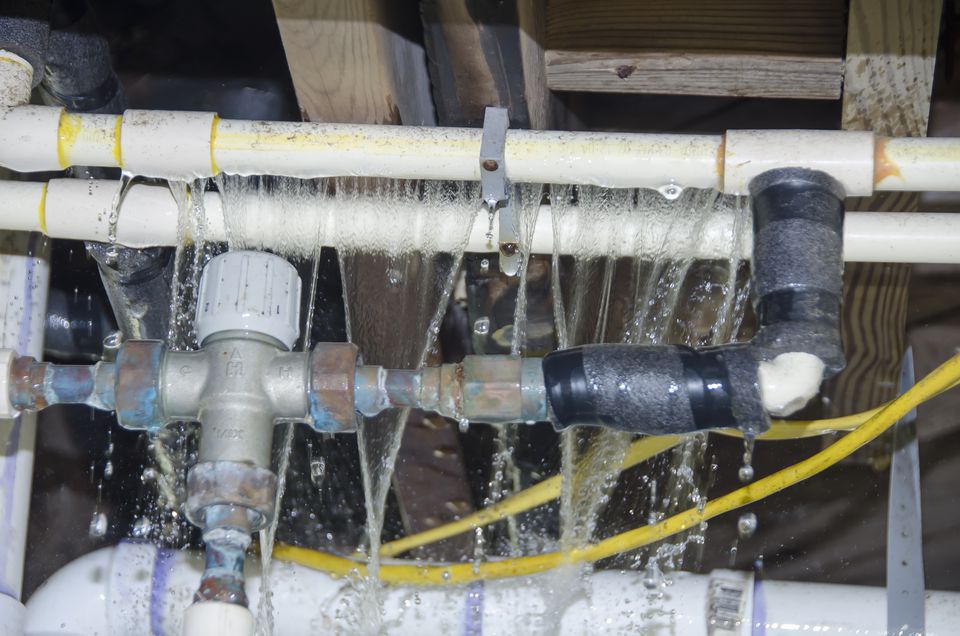
PVC pipes, commonly used in modern homes, are especially vulnerable to freezing. If you have PVC pipes in your crawl space, extra precautions are necessary when temperatures approach the 20°F mark.
Metal pipes can shrink in extreme cold, leading to potential bursts.
Metal pipes, though more durable than PVC, have their own set of challenges. In extreme cold, they can contract, leading to potential leaks or bursts. It’s essential to insulate these pipes and monitor them during winter storms.
Sewer pipes can freeze when temperatures hit 0°F.
While sewer pipes are typically buried deep and less prone to freezing, they aren’t immune. When temperatures hit the extreme lows of 0°F, even these pipes are at risk. Ensure they are well-insulated and consider using heat tape for added protection.
Consequences of Frozen Pipes
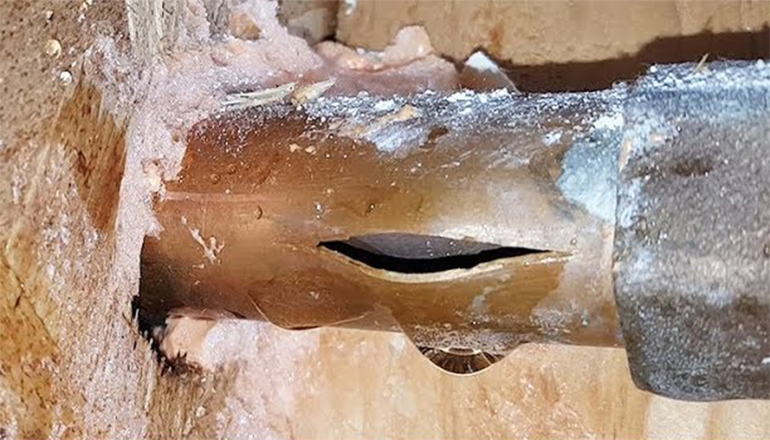
When the winter storm hits and temperatures drop, the risk of freezing pipes in unheated interior spaces like crawl spaces becomes a real concern. But why is it such a big deal? Let’s delve into the consequences of frozen pipes and understand the urgency of preventing this plumbing nightmare.
Potential for leakage, water damage, and severe flooding.
Imagine this: You’re cozied up with a hot cup of cocoa, enjoying the winter view from your window. Suddenly, you notice a puddle forming near your cabinets. That’s the first sign of a leaking pipe. Frozen pipes can lead to minor leaks, but if left unchecked, these leaks can escalate to severe water damage and even flooding. Your beautiful hardwood floors, cherished family photos, and even the structural integrity of your home could be at risk.
The risk of pipes bursting after just 4-5 hours of freezing.
Time is of the essence when it comes to frozen pipes. It might surprise you, but pipes can burst after just 4-5 hours of freezing. The water inside the pipes expands as it freezes, exerting pressure on the walls of the pipe. If the pressure becomes too much for the pipe to handle, it can burst, leading to a plumbing catastrophe.
The dangers of increasing water pressure as pipes thaw.
The danger doesn’t end once the temperatures rise. As frozen pipes begin thawing, the ice blockage can lead to an increase in water pressure. This sudden surge can be too much for your plumbing system, causing pipes to crack or burst. It’s like a ticking time bomb, and the best way to defuse it is by taking preventive measures.
How to Keep Pipes from Freezing in Your Crawl Space – Preventive Measures

The best way to deal with frozen pipes is to prevent them from freezing in the first place. With the right preventive measures, you can ensure that your pipes remain functional throughout the winter storm season. Let’s delve into some of these measures.
Insulation:
Importance of insulating both the crawl space and the pipes.
Insulation acts as a barrier, keeping the cold out and the warmth in. By insulating both your crawl space and the pipes, you can significantly reduce the risk of freezing pipes.
- Crawl Space: Insulating your crawl space prevents cold air from seeping in. This not only protects your pipes but also helps in maintaining a consistent temperature throughout your home.
- Pipes: Insulating pipes, especially those close to exterior walls or in unheated interior spaces, is crucial. It provides an added layer of protection, ensuring that the water inside the pipes remains above freezing point.
Best materials: Fiberglass, Rockwool, foam spray.
When it comes to insulation, the material matters. Here are some of the best materials to consider:
- Fiberglass: Lightweight, affordable, and effective. It’s one of the most commonly used insulation materials.
- Rockwool: Made from natural minerals, Rockwool is fire-resistant and offers excellent thermal insulation.
- Foam Spray: Provides an airtight seal, making it perfect for sealing off drafts and insulating hard-to-reach areas.
Temperature Monitoring:
Keeping an eye on crawl space temperatures.
Install a thermostat in your crawl space. This allows you to monitor the temperature and take action if it drops dangerously low. Remember, pipes can start freezing when the temperature drops to 20°F or lower.
Faucet Techniques:
Leaving faucets dripping to slow down the freezing process.
A simple yet effective technique. By leaving your faucets dripping, you ensure that water keeps moving, making it harder to freeze. This is especially useful for faucets served by exposed pipes.
Heating:
Use space heaters or low-watt bulbs to keep the crawl space warm.
In extremely cold conditions, consider introducing a heat source:
- Space Heaters: Ensure they are safe for indoor use and place them in strategic locations within the crawl space.
- Low-watt Bulbs: Installing them in the crawl space can provide just enough heat to prevent freezing.
Air Leak Prevention:
Sealing off potential air leaks and covering crawl space vents.
Cold air can find its way into the tiniest of gaps. Ensure that all potential air leaks are sealed off. Use caulking or weather stripping for gaps around windows and loft hatches. Additionally, consider covering crawl space vents during the coldest months to prevent cold drafts.
The Role of Crawl Space Vents
Crawl space vents play a pivotal role in maintaining the health and safety of your home. These vents allow for air circulation, preventing moisture buildup and ensuring the longevity of your home’s foundation. However, their role changes with the seasons, and understanding this can be crucial in preventing frozen pipes.
Purpose of vents in summer vs. winter.
- Summer: During the warmer months, the primary role of crawl space vents is to allow moisture to escape. This prevents mold growth, wood rot, and other moisture-related issues. The vents ensure that fresh air circulates, keeping the crawl space dry and preventing any potential damage to the wooden structures and the foundation of your home.
- Winter: In the colder months, the situation changes. While vents still provide ventilation, they can also be an entry point for cold air. This influx of cold air can drastically reduce the temperature in your crawl space, putting your pipes at risk of freezing, especially during a winter storm.
Benefits of closing vents during colder months.
Closing crawl space vents during the winter months offers several benefits:
- Temperature Regulation: By closing the vents, you reduce the influx of cold air, helping to maintain a more stable temperature in the crawl space. This can be crucial in preventing frozen pipes, especially when subzero temperatures hit.
- Energy Efficiency: Cold air entering through the vents can make your heating system work harder to maintain a comfortable temperature in your home. By closing the vents, you can improve energy efficiency and potentially reduce heating bills.
- Protection Against Pests: Winter is the time when many pests seek shelter from the cold. Closing your crawl space vents can prevent critters like rodents from finding their way into your home.
- Preventing Frozen Pipes: As mentioned, cold air can cause pipes to freeze. By closing the vents, you’re adding an extra layer of protection against this risk.
When to Seek Professional Help
While many preventive measures can be taken on your own, there are times when it’s crucial to call in the experts. Recognizing these moments can save you from extensive property damage and hefty repair bills.
Recognizing the signs of frozen pipes.
Before you can address the issue, you need to recognize it. Here are some telltale signs that your pipes might be frozen:
- Reduced Water Flow: If you turn on a faucet and only a trickle comes out, it’s a clear sign of a blockage, possibly due to ice.
- Frost on the Pipes: Visible frost on the exterior of a pipe is a direct indication that the pipe is frozen.
- Unusual Sounds: If you hear strange noises like clanking or bubbling when you turn on a tap, it could be due to ice obstructing the flow.
- Cold Temperatures: If there’s been a recent winter storm or a prolonged period of subzero temperatures, the risk of freezing pipes increases.
The risks of DIY thawing methods.
While your first instinct might be to tackle the frozen pipe issue yourself, some DIY methods can do more harm than good:
- Open Flames: Using a blowtorch or open flame can not only damage your pipes but also pose a fire risk.
- Improper Use of Electric Devices: Devices like hairdryers or space heaters can be effective, but if used improperly, they can cause burns or electrical issues.
- Chemical Methods: Some might suggest using chemicals to thaw pipes, but this can damage the pipes and contaminate your water supply.
The importance of timely intervention to prevent extensive damage.
Time is of the essence when dealing with frozen pipes. The longer you wait, the greater the risk of the pipes bursting, leading to property damage. By seeking professional help early on:
- You ensure the problem is addressed effectively and safely.
- You prevent potential water damage to your home’s structure, cabinets, and belongings.
- You save money in the long run by avoiding costly repairs and water damage restoration.
Conclusion
Recap of the importance of preventive measures.
Throughout this guide, the emphasis has been on prevention. From insulating your crawl space and pipes to monitoring temperatures and sealing off potential drafts, taking proactive steps can save you a lot of trouble down the line. Remember, the cost of prevention is always less than the cost of repair.
Encouragement for regular crawl space maintenance and checks, especially during colder months.
Your crawl space might be a part of your home you rarely think about, but it demands regular attention, especially during the colder months. Make it a seasonal routine to inspect and maintain this space. And when in doubt, always seek professional advice. It’s better to be safe than sorry.
In the face of winter’s chill, armed with knowledge and vigilance, you can ensure that your home remains a warm and safe haven. Take the lessons from this guide to heart, and may your winters be cozy and your pipes frost-free.
